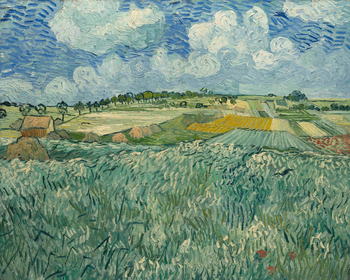2 Historical Context
Natural philosophers have long noted that development of desirable crops and undesirable pests is tied to signs and portents of advancing seasons such as earliest flowering of certain plants.
Magician-priests endeavored to predict seasonality using astronomical observation as well. Here is a well-known literary reference:
Priam saw him first, with his old man's eyes,
A single point of light on Troy's dusty plain.
Sirius rises late in the dark, liquid sky
On summer nights, star of stars,
Orion's Dog they call it, brightest
Of all, but an evil portent, bringing heat
And fevers to suffering humanity.
Achilles' bronze gleamed like this as he ran.
Presumably around 850 BC, Homer compared the sudden appearance of Achilles before Troy to the heliacal rising of the star Sirius. This same annual astronomical event signaled to Pagan Egyptians the anticipated rising of the flood waters of the Nile River in summer. Sirius, while evidently a blue-white star, is referred to historically and poetically as bloody because of the ominous effects the weather has upon the affairs of men after it first appears very late in the night sky just before morning. (It rises earlier in the night as the year wears on.) No doubt the literary description is largely in homage to Homer, but, when first perceived in the mist of dawn, it may indeed seem to have a brassy hue.
The development of calendars to track such events influenced systems for numbering and writing things down at the origin of human history.
While we adjust our calendars to keep them in sync with the seasons, we now note the long-term drift of astronomical observations against our calendars due to various kinds of orbital precession. The Nile started to rise every year at the beginning of July for the ancient Egyptians and continued to do so until the closing of the Aswan High Dam in the 1960s, but, whereas Sirius rose at the beginning of July in Memphis in classical times, nowadays, it rises at the beginning of August (King).
The problem with calendars is that they are based in astronomy, whose affects on biological development are mostly indirect. Succeeding seasons might be early or late relative to calendars, so calendars were never a definite guide to when crops and pests might develop. Because crops and pests all differ in their response to temperatures during their development, anticipating their stages of development was historically based on concurrent observations of many living organisms in addition to calendars.
This field of study was ancient in ancient times. Today, it is called phenology. The term dates from the 1850s, but it was René-Antoine Ferchault de Réaumur, a pioneer in the scientific measurement of temperature, who first suggested in 1738 that year-to-year differences in the dates of the French grape harvest could be attributed to temperature and was able to quantify how the differences in dates followed the daily sum of degrees above freezing (Demarée).
Modern efforts to improve phenological models of insect development began in the 1920s (Jones, New No-biofix Degree-Day Model).
